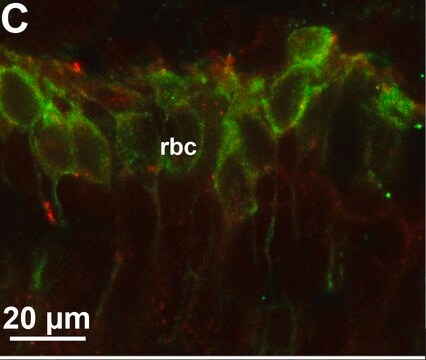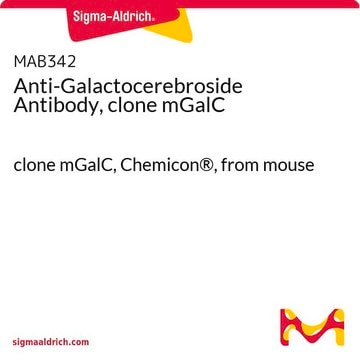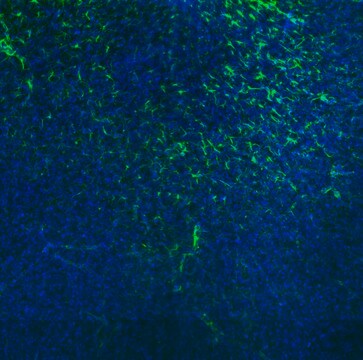Descripción general
Tight junctions are complexes of proteins that create intercellular boundaries between the plasma membrane domains of epithelial and endothelial cells. Many of the tight junction-associated proteins are members of the membrane associated guanylate kinase (MAGUK) family and include occludin and zona occludin family members ZO-1, ZO-2 and ZO-3. These proteins are thought to have both structural and signaling roles, and are characteristically defined by three protein-protein interaction modules: the PDZ domain, the SH3 domain and the guanylate kinase (GuK) domain. ZO-1 forms complexes with either ZO-2 or ZO-3. In addition, these proteins can also associate with claudin, occludin and F-actin, at tight junction stands, where they provide a linkage between the actin cytoskeleton and the tight junction. ZO-1 expression is significantly reduced in many breast cancer lines. ZO-2 and ZO-3 are ubiquitously expressed within epithelial tight junctions, and unlike ZO-1, which is also expressed at cell junctions of cardiac myocytes, ZO-2 is not expressed in nonepithelial tissue.
Especificidad
The antibody recognizes ZO-1.
Inmunógeno
Epitope: Unknown
Purified protein corresponding to mouse ZO-1.
Aplicación
Anti-ZO-1 Antibody, clone R40.76 detects level of ZO-1 & has been published & validated for use in WB, IP, IH.
Immunofluorescence Analysis: A previous lot was used by an indepenedent laboratory in IF (D′Angelo Siliciano, 1988).
Research Category
Cell Structure
Research Sub Category
ECM Proteins
Calidad
Evaluated by Western blot in mouse brain lysate.
Western blot Analysis: 0.5 µg/mL of this antibody detected ZO-1 in 10 µg of mouse brain lysate.
Descripción de destino
~220 kDa
Forma física
Format: Purified
Protein G Purified
Purified rat monoclonal IgG2aκ in buffer containing 0.1 M Tris-Glycine (pH 7.4, 150 mM NaCl) with 0.05% sodium azide.
Almacenamiento y estabilidad
Stable for 1 year at 2-8°C from date of receipt.
Nota de análisis
Control
Mouse brain lysate
Otras notas
Concentration: Please refer to the Certificate of Analysis for the lot-specific concentration.
Cláusula de descargo de responsabilidad
Unless otherwise stated in our catalog or other company documentation accompanying the product(s), our products are intended for research use only and are not to be used for any other purpose, which includes but is not limited to, unauthorized commercial uses, in vitro diagnostic uses, ex vivo or in vivo therapeutic uses or any type of consumption or application to humans or animals.









